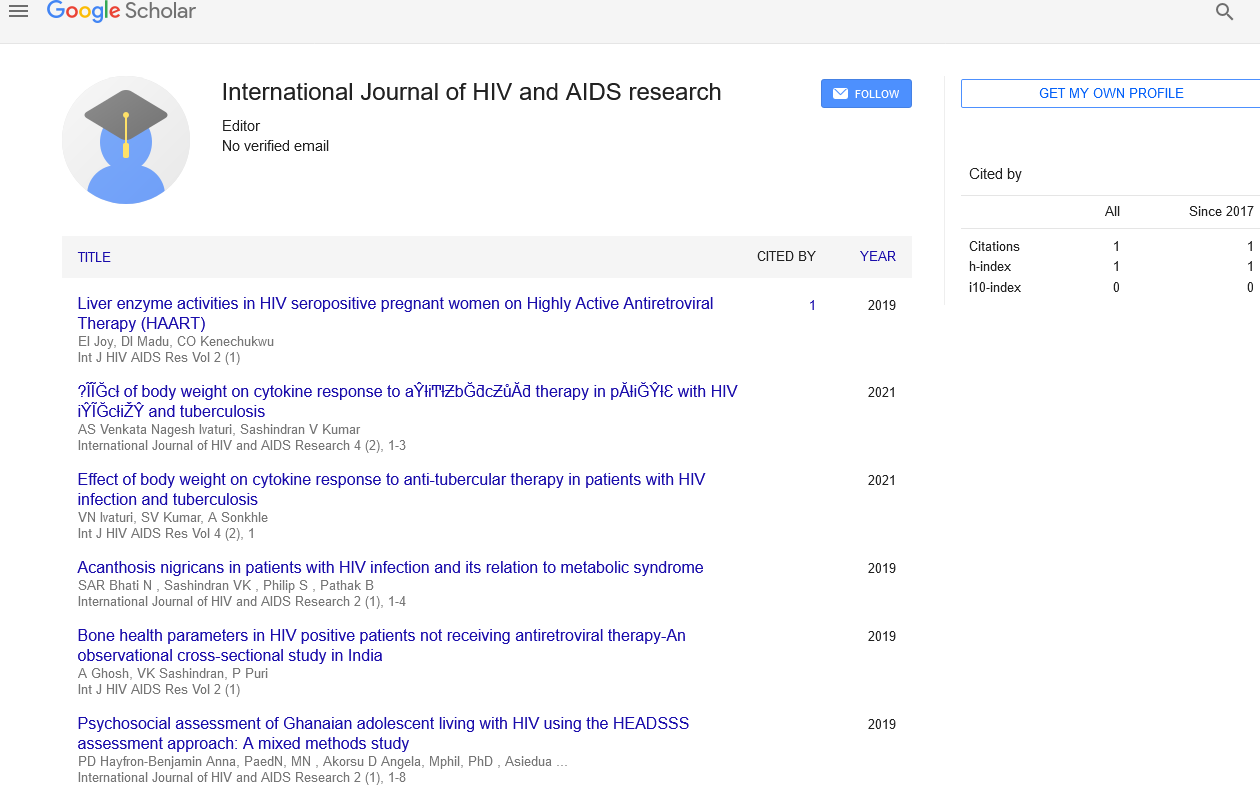Functional fermented milk modulates the in vitro intestinal micro biota with fruit pulp
Received: 20-Dec-2022, Manuscript No. PULAFSJ-22-5943; Editor assigned: 22-Dec-2022, Pre QC No. PULAFSJ-22-5943 (PQ); Reviewed: 05-Jan-2023 QC No. PULAFSJ-22-5943; Revised: 20-Mar-2023, Manuscript No. PULAFSJ-22-5943 (R); Published: 27-Mar-2023
Citation: Wills S. Functional fermented milk modulates the in vitro intestinal micro biota with fruit pulp. Appl Food Sci J 2023;7(1):1.
This open-access article is distributed under the terms of the Creative Commons Attribution Non-Commercial License (CC BY-NC) (http://creativecommons.org/licenses/by-nc/4.0/), which permits reuse, distribution and reproduction of the article, provided that the original work is properly cited and the reuse is restricted to noncommercial purposes. For commercial reuse, contact reprints@pulsus.com
Abstract
On the microbiota of healthy people, the impact of putatively probiotic Fermented Milk (FM) with buriti pulp (FMB), passion fruit pulp (FMPF), or without fruit pulp (FMC) was assessed. FM formulations were injected into a SHIME simulator of the human intestinal microbial environment to measure the presence of Short Chain Fatty Acids (SCFA), Lactic Acid Bacteria (LAB), microbiota makeup, and ammonium ions. The inclusion of the fruit pulp had an impact on the probiotic LAB viability in FM. Bifidobacterium was connected to FM formulations, while Alistipes was connected to FMPF and FMB, and Lactobacillus and Lacticaseibacillus were predominate in FMC samples. Phocaeicola was dominating in the FMPF and FMB samples. While Mediterraneibacter served as the primary component of the FMPF and FMB networks, trabulsiella served as the primary component of the FMC. Acetic acid levels were raised by the FM formulations, and the FMB treatment revealed notably high levels of propionic and butyric acids. Compared to the control, all FM formulations reduced the ammonium ions, but the FMPF samples stood out since they contained less ammonia. The fruit pulp infused probiotic FM.
Keywords
Functional food; Intestinal health; Microbial interaction; Food– gut axis; Probiotic LAB viability
Introduction
Fermented dairy products are important among functional dairy products because probiotic bacteria are strategically used during fermentation to suit customer demand for wholesome yet enticing food products. Additionally, probiotic Fermented Milk (FM) can alter the gut microbiota, boosting the presence of advantageous microbes and a variety of crucial metabolites. The metabolic or physiological effects that a nutrient or non-nutrient has on the maintenance, growth, and other typical processes of the human body are connected to the functional food qualities. Milk and dairy products are the primary matrices utilised in the development of functional foods because they are often consumed, have significant nutritional content, and have a number of positive health effects. In addition to being sources of vitamins and other minerals, they offer high quality proteins, bioactive peptides, and necessary amino acids. They are also high in calcium, which can prevent osteoporosis, and lipids rich in vital fatty acids. In order to increase sensory qualities like flavour, aroma, texture, and colour and to diversify the goods on the market, fruit pulp is being added to functional dairy products as another trend. Tropical fruit pulp, particularly from uncommon fruits those that are not well known or consumed by the majority of people contributes to the product's healthful appeal while also boosting its nutritional content because of the bioactive components that are naturally present in them.
Description
Numerous of these bioactive chemicals have antioxidant capabilities that can help extend the shelf life of the products and are linked to a decreased risk of developing certain diseases via altering the gut flora. Research has recently concentrated on analysing the impact of Polyphenols (PP), including fruits rich in bioactive compounds, on the modification of the intestinal microbiota. Initially, studies focused on the influence of bio compounds on pathogenic bacteria present in the microbiota. The primary objective of the study was to determine how these bio compounds affect the firmicutes/bacteroidetes ratio by promoting helpful bacteria while reducing pathogenic ones. Probiotics are also known to modulate the intestinal microbiota. Dairy products, particularly probiotic FM, are also known to work as coadjutants to enhance the function of the GI barrier and as immunomodulators to support GI health. However, studies to better understand the modifying effect of probiotic FM on the intestinal microbiota have become more popular recently, even though they are still required, especially for FM supplemented with fruit pulp. The simulator of human intestinal microbial ecosystem was used in an in vitro test as part of this study to assess the impact of fermented milk on LAB viability, intestinal microbiota composition (richness, diversity, differential abundance, and structure of the microbial communities), and production of short chain fatty acids and ammonium ions.
Conclusion
The inclusion of the fruit pulp had an impact on the probiotic LAB's viability, which was 6 log CFU/mL in FM. The firmicutes phylum was more prevalent in the microbial communities connected to FM formulations, followed by the Bacteroidetes phylum. In comparison to the FMC, the samples from formulations with fruit pulp had a reduced level of bacterial diversity due to the dominance of the Phocaeicola genus. All FM formulations were associated to the Bifidobacterium genus, whereas FMPF and FMBP formulations were related to the Alistipes genus, and FMC was related to the Lactobacillus and Lacticaseibacillus genera. As a result, making FM from fruit pulp can be seen as a promising method for giving probiotic FM functional characteristics, though more research should be done focusing on evaluating the product's sensory qualities as well as the necessary shelf life time to ensure the desired beneficial effect on consumers.





